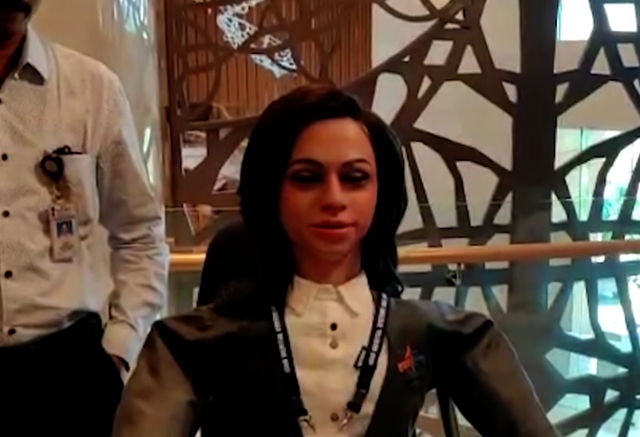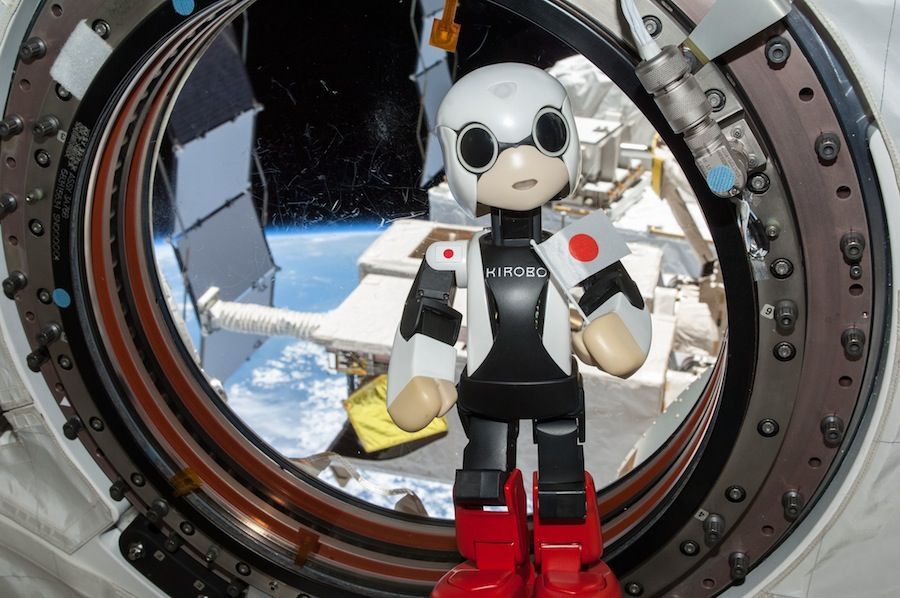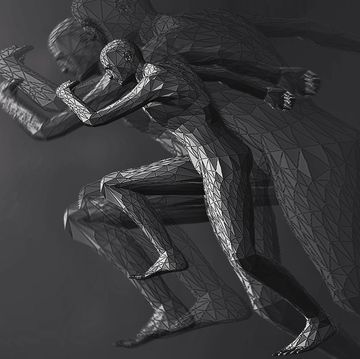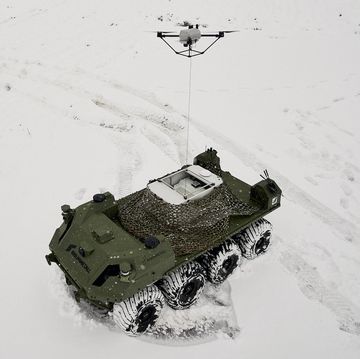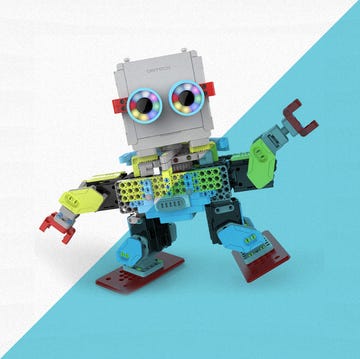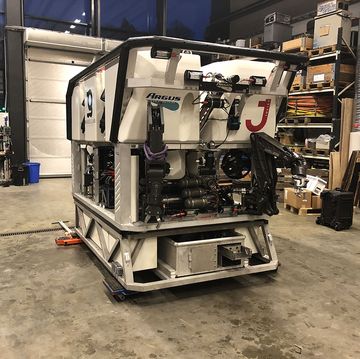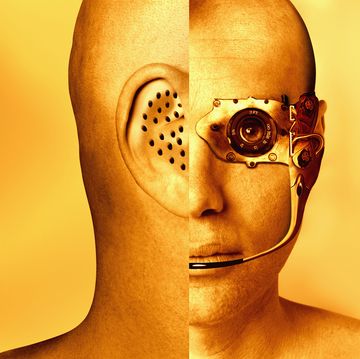- The Indian Space Research Organisation (ISRO) has released footage of its newest astronaut: a half-humanoid robot named Vyommitra.
- As part of its Chandrayaan-3 mission, ISRO will send an unmanned lander (well, with Vyommitra inside) to the moon after a failed attempt last September.
- Vyommitra is meant to help ISRO understand how astronauts will one day interact with the equipment inside India's spacecrafts.
When the Indian Space Research Organisation (ISRO) sends its first astronaut into space, it won't have to worry about building her a spacesuit.
Vyommitra is a half-humanoid robot that ISRO plans to send to space this December during a bid to successfully land an unmanned spacecraft on the moon. In September, the space agency tried—and failed—to touch down on the lunar surface when its Vikram lander experienced a braking problem. If Vikram had landed safely, India would have been the fourth country to land on the moon, following Russia, the U.S., and China.
This time around, as part of India's next space mission, Vyommitra will sit in the Gaganyaan spacecraft, which is equipped to fit up to three humans. The full Gaganyaan agenda, as it stands, is broken into two unmanned missions in December 2020 and July 2021, plus a manned launch in December 2021 or sometime in 2022. Vyommitra will be able to give out warnings if the environment in the cabin changes at all, becoming uncomfortable. That could protect astronauts in the future when India is ready for its manned journey to the moon.
Beside the fact she has a particularly humanlike face—though she does look more like a wax figure than a real person—and is bilingual, Vyommitra can also take up certain postures that a real astronaut might sit in for takeoff and launch. Other features include the ability to operate switch panels to control the capsule, plus a social function where, in the future, she'll be able to recognize and chat with fellow astronauts.
Vyommitra won't be the first, uh, woman in space, nor will she be the first humanoid robot to accomplish the feat. NASA was actually the first to send a humanoid robot into space. Back in 2011, it put Robonaut, another half-humanoid robot without legs, in the Discovery space shuttle. It was only meant to be a sort of robotic butler, but it certainly set a trend.
Then there's Fedor, a humanoid robot whose name stands for "Final Experimental Demonstration Object Research." Last August, Roscomos, the Russian space agency, sent Fedor to the International Space Station (ISS). Fedor looks very different from Vyommitra—he's just under six feet tall, weighs about 350 pounds, and eerily resembles the creature from the 1979 film Alien—and also had a much different task: to set up a new emergency rescue system on a Soyuz 2.1a rocket.
JAXA, the Japanese space agency, sent its own robot to the ISS in 2013. Kirobo became the first robot to speak in space and even has a facial recognition camera to see fellow astronauts. However, the robot, which researchers at Toyota and Tokyo University developed, is all alone in space. Indeed, it will help JAXA to understand the best ways to combat space flight-induced loneliness.
We just hope Vyommitra doesn't get too lonely up there.
